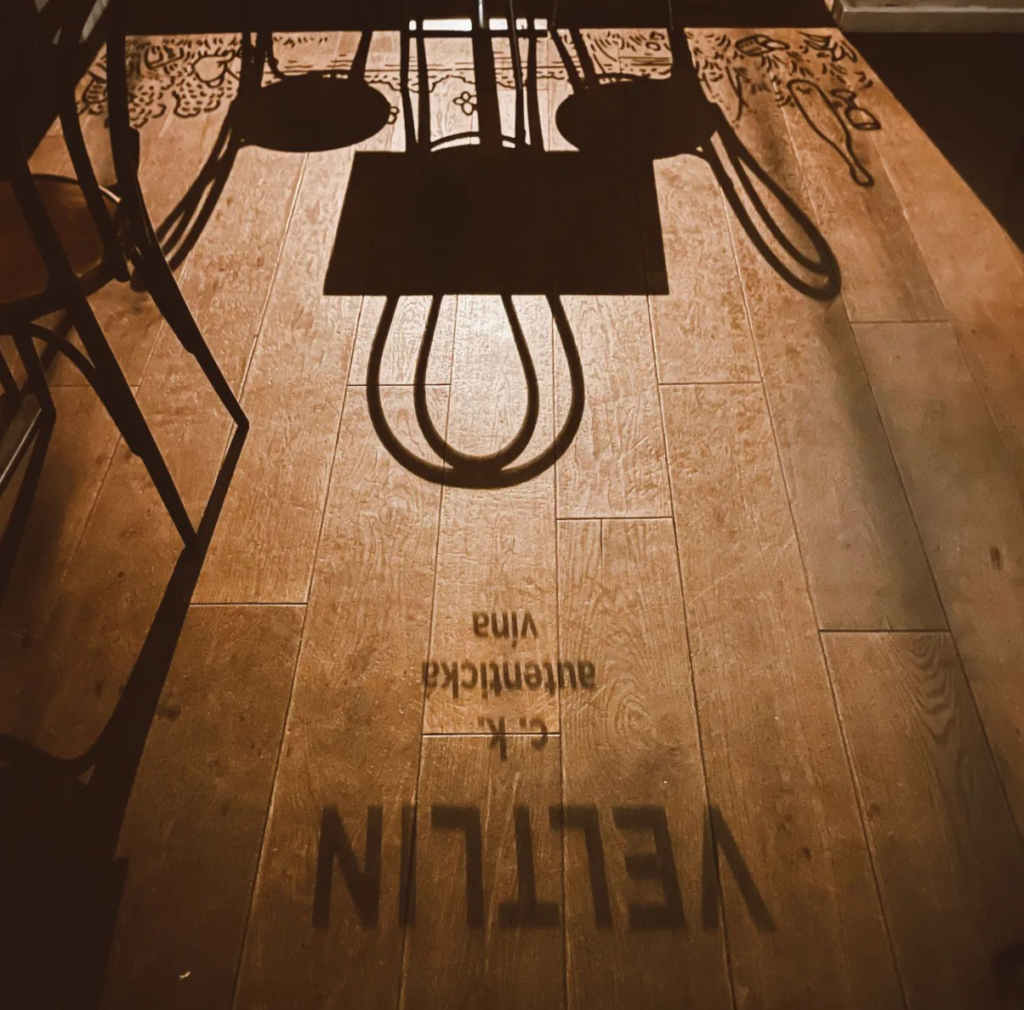Czech Wine Steps Out of the Shadows

With Milan Nestarec now a household name among natural wine drinkers, wine bar owners Standa Soukup and Bogdan Trojak of Prague, the Czech capital could justifiably pat themselves on the back and consider their job done. In their quest to champion Czech wine, they witnessed a humble, young winemaker rise to the top of the international natural wine scene. While the Czech wine boom can’t be attributed to any one person or establishment, there’s no denying the impact their establishment Veltlin has had on the buzz. Will these two help launch more meteoric successes? And can a region that was…
